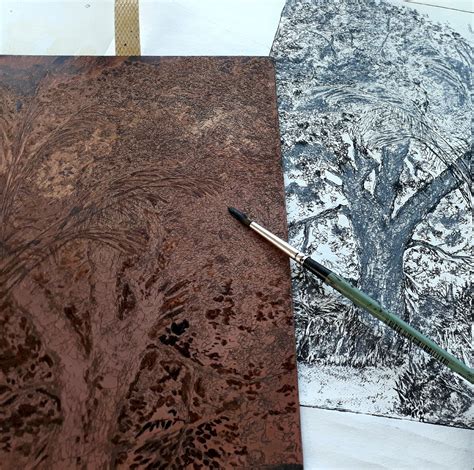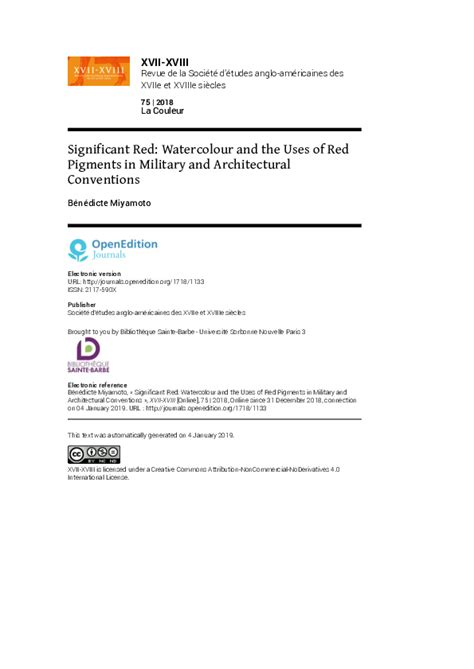Limning, a term that has its roots in the art world, refers to the delicate and intricate process of drawing or painting, often with great attention to detail and a focus on capturing the essence of a subject. This technique has been employed by artists across various mediums, from portraiture to landscape painting, to create works that are not only aesthetically pleasing but also imbued with a sense of depth and character. In the context of art, limning is about more than just the physical act of creating; it's about capturing the subtleties of light, texture, and emotion that make a piece truly stand out.
Historically, the term "limning" has been associated with miniature painting, a genre that requires immense skill and precision due to the small scale of the works. Miniature painters, or limners, would use fine brushes and meticulous techniques to render detailed, often portrait-like images on small surfaces such as ivory, wood, or even the surfaces of objects like snuffboxes or jewelry. The art of limning in this context is a testament to human ingenuity and the desire to create beauty in the smallest of scales.
Key Points
- The term "limning" originates from the art of drawing or painting with meticulous detail.
- It is particularly associated with miniature painting, requiring high levels of skill and precision.
- Limning involves capturing the subtleties of light, texture, and emotion in a subject.
- The technique is used across various art forms, including portraiture and landscape painting.
- Limning is not just about the physical act of creating but also about imbuing the work with depth and character.
The Evolution of Limning Techniques

Over the centuries, the techniques and tools used in limning have evolved significantly. From the early use of tempera and watercolor to the more modern mediums like acrylic and digital painting, artists have continually sought out new ways to express themselves and push the boundaries of what is possible. The advent of digital art software, for instance, has opened up new avenues for limning, allowing artists to achieve levels of detail and precision that were previously unimaginable. This evolution is a testament to the dynamic nature of art and the relentless pursuit of innovation by artists.
Traditional Limning Methods
Traditionally, limning involved the use of very fine brushes, often made from the hair of animals like sables or martens, to apply minute details to a painting. The surface upon which the artist worked was also critical, with materials like vellum, paper, or even metal being used for their smooth finish and durability. The choice of pigments was equally important, with artists often opting for those that offered the greatest range of tonal values and color intensity. The process of mixing paints, applying glazes, and building up layers of color was painstaking and required a great deal of patience and skill.
| Technique | Description |
|---|---|
| Wash | A layer of transparent paint used to create subtle shifts in tone and value. |
| Glazing | Applying multiple thin, transparent layers of paint to achieve deep, rich colors. |
| Scumbling | Using a thin, opaque layer of paint to create textured effects or to suggest rough surfaces. |

Limning in Modern Art

In contemporary art, the concept of limning has expanded beyond traditional mediums to include digital art, photography, and even sculptural practices. The essence of limning—capturing the essence of a subject with precision and detail—remains, but the tools and techniques have evolved. Digital art software, for example, allows for the creation of intricate patterns, hyper-realistic images, and detailed textures that can be manipulated with ease. This has opened up new possibilities for artists, enabling them to explore themes and subjects in ways that were previously not possible.
Digital Limning
Digital limning offers artists the ability to work with unprecedented precision and flexibility. With digital tools, artists can achieve effects that would be difficult or impossible to accomplish with traditional mediums. For instance, digital painting software allows for the creation of layers, each of which can be manipulated independently, enabling artists to build up complex compositions with ease. Additionally, the undo feature and the ability to save multiple versions of a work mean that artists can experiment freely without fear of ruining their piece.
Despite the many advantages of digital limning, there is still a place for traditional techniques in modern art. Many artists find that working with physical mediums allows for a tactile connection to their work that digital tools cannot replicate. The process of mixing paints, feeling the brush strokes on the canvas, and experiencing the unpredictability of traditional mediums can be highly satisfying and often leads to unique, expressive works of art.
What is the primary difference between traditional and digital limning?
+The primary difference lies in the mediums and tools used. Traditional limning involves physical paints and brushes, while digital limning utilizes software and digital tools, offering different creative possibilities and challenges.
Can digital limning achieve the same level of detail as traditional methods?
+Yes, digital limning can achieve, and sometimes even surpass, the level of detail possible with traditional methods, thanks to the precision and flexibility of digital tools.
What role does practice play in mastering limning techniques?
+Practice is crucial in mastering limning techniques, whether traditional or digital. Continuous practice helps in developing the necessary skills, such as precision, patience, and understanding of color and texture.
In conclusion, limning, whether traditional or digital, is an art form that celebrates detail, precision, and the human touch. As art continues to evolve, the techniques and tools of limning will undoubtedly change, but the essence of capturing the essence of a subject with meticulous care and attention to detail will remain at the heart of this timeless practice.



